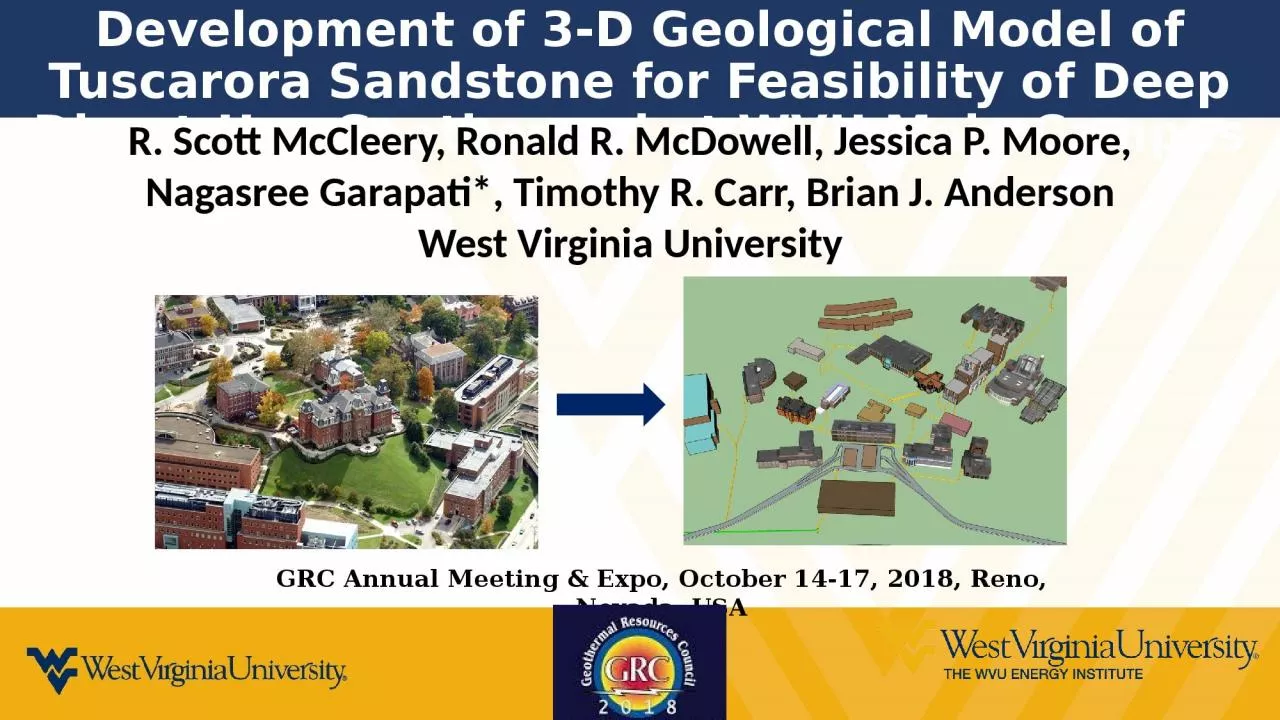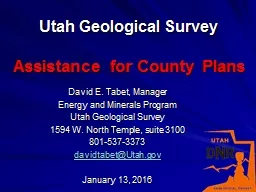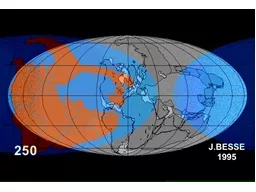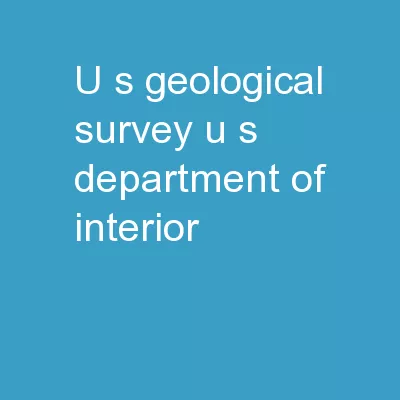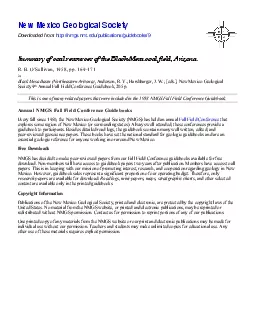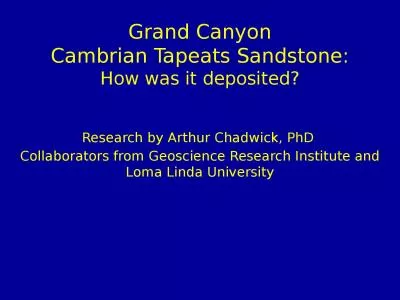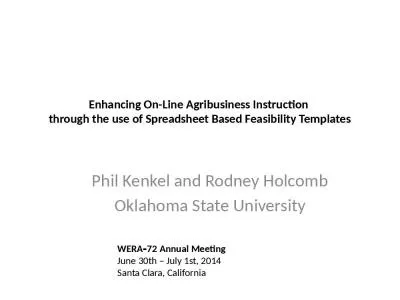PPT-Development of 3-D Geological Model of Tuscarora Sandstone for Feasibility of Deep Direct-Use
Author : adia | Published Date : 2023-09-20
R Scott McCleery Ronald R McDowell Jessica P Moore Nagasree Garapati Timothy R Carr Brian J Anderson West Virginia University GRC Annual Meeting amp Expo October
Presentation Embed Code
Download Presentation
Download Presentation The PPT/PDF document "Development of 3-D Geological Model of T..." is the property of its rightful owner. Permission is granted to download and print the materials on this website for personal, non-commercial use only, and to display it on your personal computer provided you do not modify the materials and that you retain all copyright notices contained in the materials. By downloading content from our website, you accept the terms of this agreement.
Development of 3-D Geological Model of Tuscarora Sandstone for Feasibility of Deep Direct-Use: Transcript
Download Rules Of Document
"Development of 3-D Geological Model of Tuscarora Sandstone for Feasibility of Deep Direct-Use"The content belongs to its owner. You may download and print it for personal use, without modification, and keep all copyright notices. By downloading, you agree to these terms.
Related Documents

